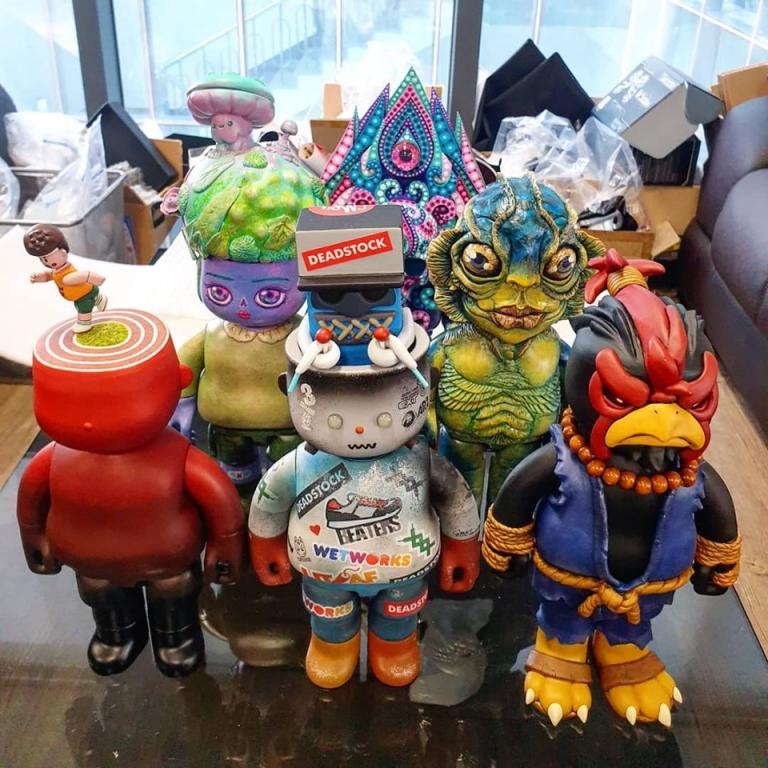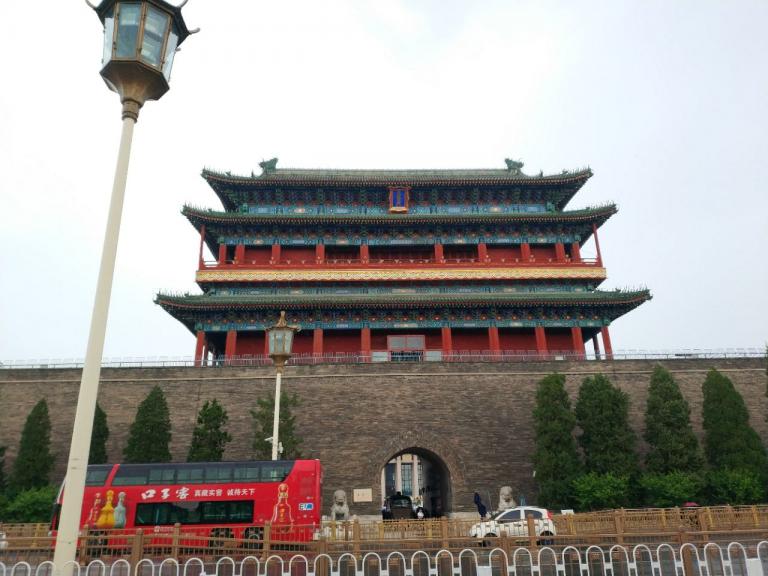Customs and charms of old Beijing
3 min readMention Old Beijing and people may instantly envision caravans of camels at the foot of the Front Gate, the crowded and noisy Tianqiao area, alleys filled with hawkers cries, life in the courtyards an assortment of snacks such as jellied tofu and fermented soybean milk, crosstalk comedians beijing musical storytelling accompanied by a small drum or a single-stringed instrument -all images piecing together an ancient song echoing far into the mists of time.

Food in Old beijing
What is most unforgettable about Old Beijing, people say, is its food, a culture most commonplace and most closely related to people, with most distinctive local flavors
Quanjude roast duck restaurant, the most famous restaurant in Beijing, was founded by Yang Quanren(birth and death dates unknown) in 1866-the fifth year of Emperor Tongzhis reign (r. 1862-1874). Yang invited a celebrated cook who had once worked for the Qing(1616-1911) court kitchen, and together they created the roast duck, prepared by hanging it in an oven. A full-duck banquet consists of cold and hot dishes, in addition to soup, all prepared with duck Donglaishun is a Muslim restaurant renowned for its hotpot mutton. Its founder was Ding Deshan(birth and death dates unknown). The mutton here is all choice cuts carefully prepared with all types of spices. Besides hotpot mutton, the restaurant also serves pies with minced mutton, rice porridge and dumplings-all popular with customers from all walks of life Shaguoju is a restaurant first set up in 1741, the sixth year of Emperor Qianlongs reign(r. 1736-1795). It is famous for three specialties: deep-fried dishes of pig liver or deer tail, stewed pigs head, and slices of meat prepared simply with water Slices of meat can be served either with soy sauce, sesame oil, minced garlic, hot and spicy oil, or by cooking it together with cabbage, vermicelli, drieshrimps, mushrooms, and broth in a hotpot Other famous dishes include three white hotpot, meatball hotpot, braised preserved cabbage, etc.

Barbecue Ji was founded by ji decai (birth and death dates unknown) in 1848, the 28 th year of Qing Emperor Daoguang reign(r. 1821-1850), servingbarbecue mutton, using date, pine and cypress wood as fuel. Over smoke and fire, diners hold either a cup of alcohol or a sesame-seed cake in one hand and a pair of chopsticks about 33 centimeters long in the other. They pick up the mutton, which has been marinating in a mixture of different types of spices, and put it on the iron grill, eating as they cook it themselves.
Another barbecue restaurant is called Barbecue Yuan, which serves veal instead of muttonThe Fangshan Restaurant was first opened in 1925 by Zhao Renzhai (birth and death dates unknown), a former servant of the Qing court. The restaurant is located on the northern shore of Beihai in Beijing. The dishes are prepared according to recipes used by the Qing court, with particular attention paid to the color, aroma, taste, and form. There are nearly 100 famous dishes, including stewed abalone, stewed venison, stir-fried chicken, arhat shrimp, etc. The restaurant also serves snacks like pea-flour cakes, kidney-bean-flour rolls, small corn-flour buns, cakes with meat fillings, all looking cute and appealing There is an”official cuisine”restaurant in Beijing-the Tan Family Cuisine Tan Zongjun(1846-1888), the restaurants founder, was a member of the Imperial Academy of the Qing Dynasty. The Tan Family Cuisine falls under Guangdong cuisine, with seafood such as abalone and sea cucumber as the main features. The restaurant is furnished with rosewood furniture and paintings by famous artists.
Food culture in Old Beijing has helped to create an earthly living world of lasting appeal. Xiao Qian(1910-1999), a famous contemporary writer, recalled the snacks of Beijing: “When I recall the years I drifted from place to place, what did I miss most about Beijing? It is fermented soybean milk, buckwheat cakes, ‘ donkey rolls, seasoned millet flour mush prepared with hot water poured out of a bi bellied copper kettle, and hot, deep-fried sausages. “Many intellectuals moving to Taiwan from Beijing always felt homesick and nostalgic, missing the foods and snacks of Beijing, such as Quanjude roast duck, barbecue mutton, mutton hotpot, pea-flour cakes, and frozen pears hawked on cold winter nights.









